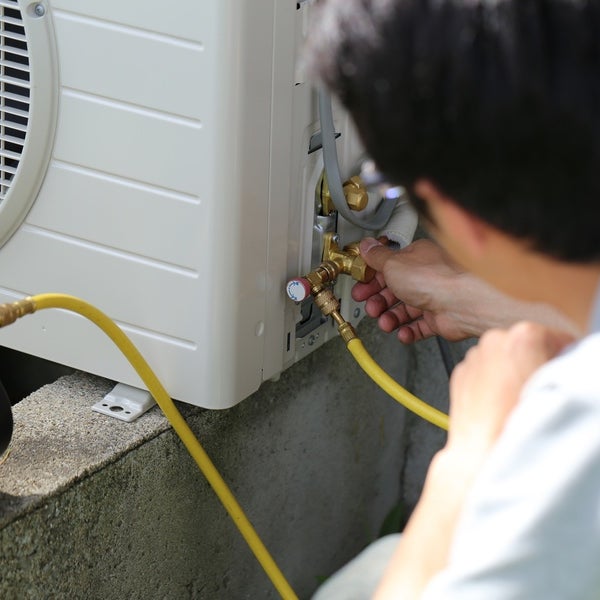Demystifying EE Shorts: A Comprehensive Guide to Electrical Short Circuits
Official Eric Emanuel Store Shop EE® Shorts Eric Official Clothing from Official Eric Store Fast Delivery Worldwide 24 7 Customer Support

In the intricate world of electronics, an electrical short circuit, often abbreviated as "EE short," plays a critical role. Understanding these events is fundamental for anyone working with electrical circuits, from hobbyists tinkering with breadboards to seasoned engineers designing complex systems. This comprehensive guide delves deep into the world of EE shorts, exploring their causes, effects, troubleshooting techniques, and prevention methods.
Unveiling the Culprit: Causes of EE Shorts
There are several culprits behind the occurrence of EE shorts. Let's delve into the most common ones:
- Direct Contact: This is the most straightforward cause. When two conductive elements with opposite voltage polarities come into physical contact, a low-resistance path is created, bypassing intended circuit paths. This can happen due to loose wires, damaged insulation, or even manufacturing defects.
- Component Failure: Internal malfunctions within electronic components can also lead to shorts. For example, a transistor shorting internally creates a direct connection between its collector and emitter, disrupting circuit operation.
- Electrostatic Discharge (ESD): Sudden, high-voltage surges, like those caused by static electricity, can puncture component insulation or damage internal connections, leading to shorts.
- Overheating: Excessive heat generation within a circuit can degrade insulating materials, eventually leading to a short circuit. This can be caused by overloading components, inadequate ventilation, or component malfunction.
- Moisture: Water or other conductive liquids can bridge the gap between normally isolated conductors, creating a short circuit. This is particularly relevant in environments with high humidity or potential for liquid exposure.
- Corrosion: Over time, corrosion can eat away at insulation and create conductive paths, leading to shorts. This is often a concern in circuits exposed to harsh environments or those containing dissimilar metals.
The Ripple Effect: Consequences of EE Shorts
The consequences of EE shorts can range from minor inconveniences to catastrophic failures. Here's a breakdown of the most common effects:
- Component Damage: The high current flow through a short circuit can generate significant heat. This can permanently damage or destroy components in the vicinity of the short.
- Circuit Malfunction: Shorts disrupt the intended flow of current within a circuit. This can lead to unexpected behavior, loss of functionality, or even erratic operation.
- Fuses Blowing: To protect circuits from excessive current, fuses are often strategically placed. A short circuit forces a high current flow, triggering the fuse to blow and interrupt the circuit to prevent further damage.
- Power Supply Strain: Shorts can overload power supplies, causing voltage drops or complete failure.
- Fire Hazards: In extreme cases, the high heat generated by a short circuit can ignite surrounding materials, leading to fire hazards. This is why it's crucial to address shorts promptly and take appropriate safety measures.
The Detective's Toolkit: Troubleshooting EE Shorts
Diagnosing EE shorts can be a challenging task, requiring a methodical approach and the right tools. Here are some essential troubleshooting techniques:
- Visual Inspection: A thorough visual inspection is the first step. Look for burnt components, signs of physical damage, or loose connections.
- Current Measurement: Measuring the current flow at different points in the circuit can help pinpoint the location of the short. A sudden increase in current indicates the presence of a short circuit.
- Isolation Techniques: Systematically isolate sections of the circuit to locate the faulty component or area. This can be achieved by removing components or disconnecting sections of the circuit.
- Voltage Measurement: Measuring voltage levels across components can reveal voltage drops that might indicate a short circuit.
- Multimeter: A multimeter is a versatile tool for measuring voltage, current, and resistance. It plays a crucial role in diagnosing shorts.
- Smoke Detectors and Alarms: Always prioritize safety when troubleshooting. Have functional smoke detectors and alarms in place and be prepared to disconnect power sources if a fire risk arises.
The Art of Prevention: Mitigating EE Shorts
An ounce of prevention is worth a pound of cure. Here are some proactive measures to minimize the occurrence of Eric Emanuel shorts:
- Quality Components: Using high-quality, reputable components reduces the risk of internal component failures leading to shorts.
- Proper Component Selection: Selecting components with appropriate voltage and current ratings ensures they can handle the expected operating conditions without overheating.
- Adequate Insulation: Using appropriate insulation materials with sufficient voltage ratings ensures proper isolation between conductors.
- Heat Management: Implementing proper heat sinks and ventilation ensures components operate within their specified temperature range.
- Conformal Coatings: Applying protective conformal coatings to circuits adds a layer of protection against moisture and other environmental contaminants.
- Circuit Fuses: Utilizing properly rated fuses provides protection against excessive current flow caused by shorts.
- Grounding and Shielding: Proper grounding and shielding techniques reduce the risk of ESD events that can lead to shorts.
What's Your Reaction?
 Like
0
Like
0
 Dislike
0
Dislike
0
 Love
0
Love
0
 Funny
0
Funny
0
 Angry
0
Angry
0
 Sad
0
Sad
0
 Wow
0
Wow
0

















































